Everything to Know and Consider Before Getting Solar Panels
- Info about the technology of solar panels
- Consider what your solar energy needs are
- What to think about when planning for solar
While the benefits of solar power are widely reported, there’s often key points to consider when you get your own system installed. When planning for solar, you may not be aware of the optimum angle that the panels will perform at or what happens immediately after they’re installed.
This article will look at common items that are useful to know before you get your own solar system fitted and start utilising solar energy.
Ready to start your solar journey? Use our quote comparison tool to find out how much you'd pay. It only takes a minute.

What's On This Page?
Click the links below and head straight to a specific section of the article.
It’s All in the Technology
The first thing to think about is that there are two types of system. While we’ll focus mainly on photovoltaic (PV) systems, which produce electricity from the sun’s energy, there is another form of solar energy type you can use. A solar thermal system uses the sun’s heat to directly heat the hot water in your home. Depending on whether you’re after free heating for your hot water or to generate your own electricity, you’ll need to know which system you’ll need when you’re planning for solar.
Solar panels come in two types: monocrystalline and polycrystalline silicon. Polycrystalline solar panels are typically less efficient than their monocrystalline counterparts, usually by 2-4%. They effectively produce less energy per square foot, meaning they’re slightly less efficient.
All PV systems will feature an inverter, which converts the DC power generated by the solar panels to AC mains power. They are the powerhouse of the solar system and if they aren’t working, you’re not generating electricity. Unfortunately, most people who fit a solar system find faults with their inverter more often than the panels. Their shelf life is also much lower than the solar panels themselves as they have rapidly ageing components.
However, this isn’t necessarily bad news as the inverter doesn’t require scaffolding to get to. If this is sending alarm bells ringing, don’t panic. According to a survey from Which?, 94% said a solar PV system installation wasn’t disruptive.
All About the Roof

Solar panels are heavy pieces of kit. Typically around 20kg each, that’s a lot of weight when you add them all together. A home can need between 4 and 18 solar panels, which can be as heavy as 360kg. Depending on your house and your electricity requirements, this can be even more. Essentially, your roof needs to be able to support the load.
Your roof needs to be in a good condition first, otherwise the installers won’t touch it. You’ll need to think about whether you need to replace roof tiles as well, as fragile tiles won’t necessarily support the weight. Even before the solar panels are fitted, brackets need to be secured to the roof tiles and rails set on top. This is what the solar panels sit on. A fragile roof needs reinforcing before you can even consider getting solar panels installed.
Solar Energy Requirement
Can a house run entirely on solar power? In reality, probably not. At least, not yet. While it is possible, it’s very uncommon to see off-grid solar systems. They are designed to support the grid and reduce our reliance on it. The question here is to see how much energy you’re using and how much solar energy you’d like to generate. If you’re looking to cover your usage and you’re only in a small house, it’s much more likely than covering the electricity usage of a five bedroom house.
The other thing to consider is when you use your energy. If you use it during the day when the solar panels are generating electricity, then you’ll be good to go after installation. If you mainly use your electricity in the evening, then the solar panels aren’t going to be generating anything. This is where a solar battery would come in handy. It will store the energy generated during the day, ready for use when the sun’s gone down.
How many solar panels do I need?
According to data from the MCS Database, the average cost of a solar panel installation per kilowatt hour in 2023 was £2,165.98. The total breakdown per month can be seen in the graph below.
Green Incentives
The Smart Export Guarantee (SEG) gives you money for generating solar energy if you sell it back to the national grid. It essentially offsets the costs of installation by paying you for using them. Since the beginning of 2020, the scheme has been paying small-scale generators for supplying the grid. This was preceded by the Feed-in Tariff.
There is no set price for the SEG as this is set by energy providers. The only stipulation is that it must be at a price above £0.00 at all times. They are available with fixed or variable options, but it depends on what will work for you. Currently, Octopus Energy has the best rate, offering 15p per kWh.
According to Energy Saving Trust, the savings achieved from solar panels with an SEG can be the difference between £45 and £80 a year, depending on whether you’re home all day or only use electricity in the evenings. On a variable SEG, this can be even more.
PV Panel Positioning
The most important thing in planning for solar is which way your roof faces. Solar panels need to be on a south facing roof to optimise generating the maximum amount of solar energy. If your roof isn’t south facing, they will still work if they’re within 90° of south. This will depend on if you use electricity more in the morning or evening, which will dictate whether they’ll be best facing east or west. While the solar panels will still work, they won’t generate as much power as a south facing system.
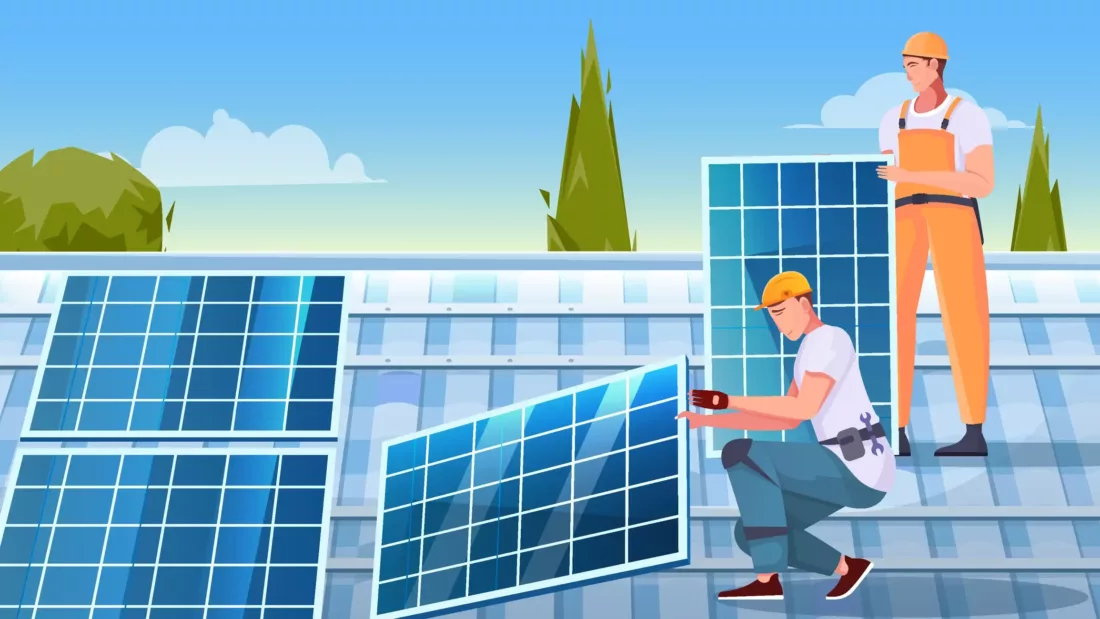
The angle for solar panels works best when it’s 40°, as this optimises the height of the sun in both winter and summer. Otherwise, you’d have to reangle them every six months. If your solar panel system is going to be installed on a flat roof, you’ll need to take into account the extra lift that will be required. This will put your costs up as well.
Shade will also inhibit the efficiency of the solar panels. Any nearby trees, buildings or even your own chimney can have a detrimental impact on their performance. While they’ll still operate in overcast conditions, being shaded severely affects how much energy they can generate. Ideally, you will need no shade covering your roof.
Minimal Maintenance
In terms of solar panel maintenance, you can usually just leave them to it. The angle they're installed at means rainwater gives them a good clean. However, every now and again, it could be a good idea to give them a thorough clean to make sure they’re working to their most efficient. Every speck of grime or bird dropping covers part of the cells, which decreases how much energy is generated. Over time, this builds up.
It’s a good idea to get your panels cleaned half-yearly, which can cost £4-£15 each. Alternatively, you can clean them yourself, but you must be confident with both working at height and to not damage the panels in doing so. You don’t want to risk suddenly not being able to generate solar energy.
Add Value to Your Home
Solar panels can increase the value of your home. While several studies over the years have differed in opinion, the odds are tipping in favour of solar panels in more recent years. Because the public is becoming more eco-conscious, having solar panels already installed in a property is becoming more desirable.
Solar Energy UK reported that across five million homes, a typical home with solar panels could increase in price by at least £1,800. Even though the cost of installation will set you back more than this, the savings in energy bills can make you break even more quickly when it comes to selling.
The thought of already having solar panels and saving money on bills as soon as you move in is becoming a more attractive option to homeowners. In our latest Home Energy Survey, 60% of UK homeowners would prefer to buy a home with solar panels already fitted.
Panel Inspection

After your panels have been fitted, they’ll need to be inspected to make sure they are working properly and are electrically safe. The panels, inverter, meter and other components will be inspected to ensure the system can work effectively.
When to Replace
Most solar panels are designed to last 20-25 years. This is why people usually find there’s a problem with their inverter rather than their panels. The shelf life is expected because panels lose efficiency over time, typically at a rate of 0.5% every year. This is also why it’s good to make sure they’re clean and performing at peak efficiency.
If you’re in an environment susceptible to excessive exposure to wind and rain, this may degrade their performance at a much faster rate, so the shelf life could be even lower. Solar panels are exposed to sunlight radiation all day, so UV rays naturally degrade them regardless.
Find the Right Installer
The right company will professionally install your solar panel system with the minimum of fuss and the greatest of efficiency. By filling in your details, we will put you in touch with a local installer who will fit solar panel installation into your schedule.
Related articles
View all Solar Panel articles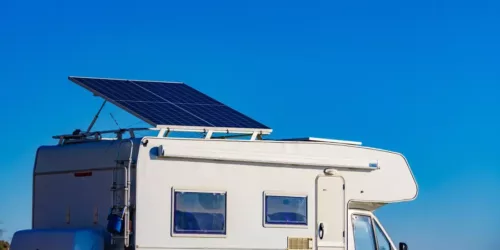
A Complete Guide to Caravan Solar Panels

Are Solar Panels Worth It in Wales?
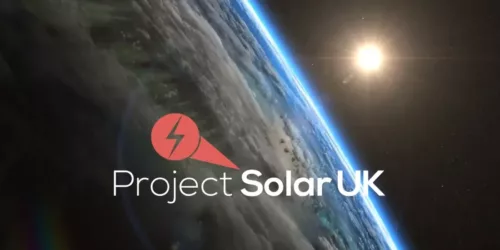
Project Solar UK: Company Overview
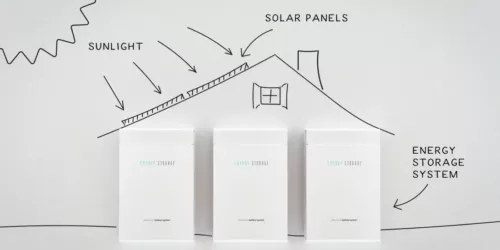
Battery Storage for Solar Panels Explained

Solar Panel Kits Explained - Everything You Need to Know
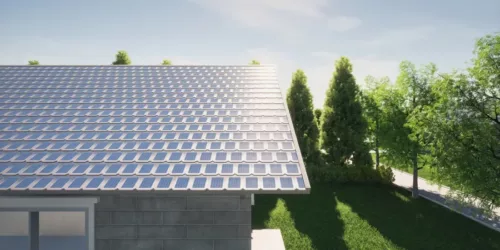
Are Solar Roofing Tiles Worth It?
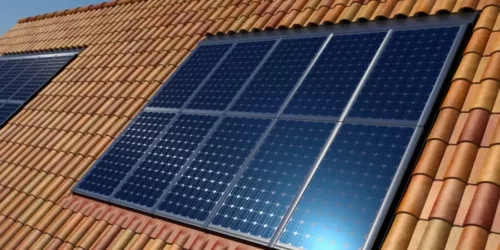
A Complete Guide to Roof Integrated Solar Panels







